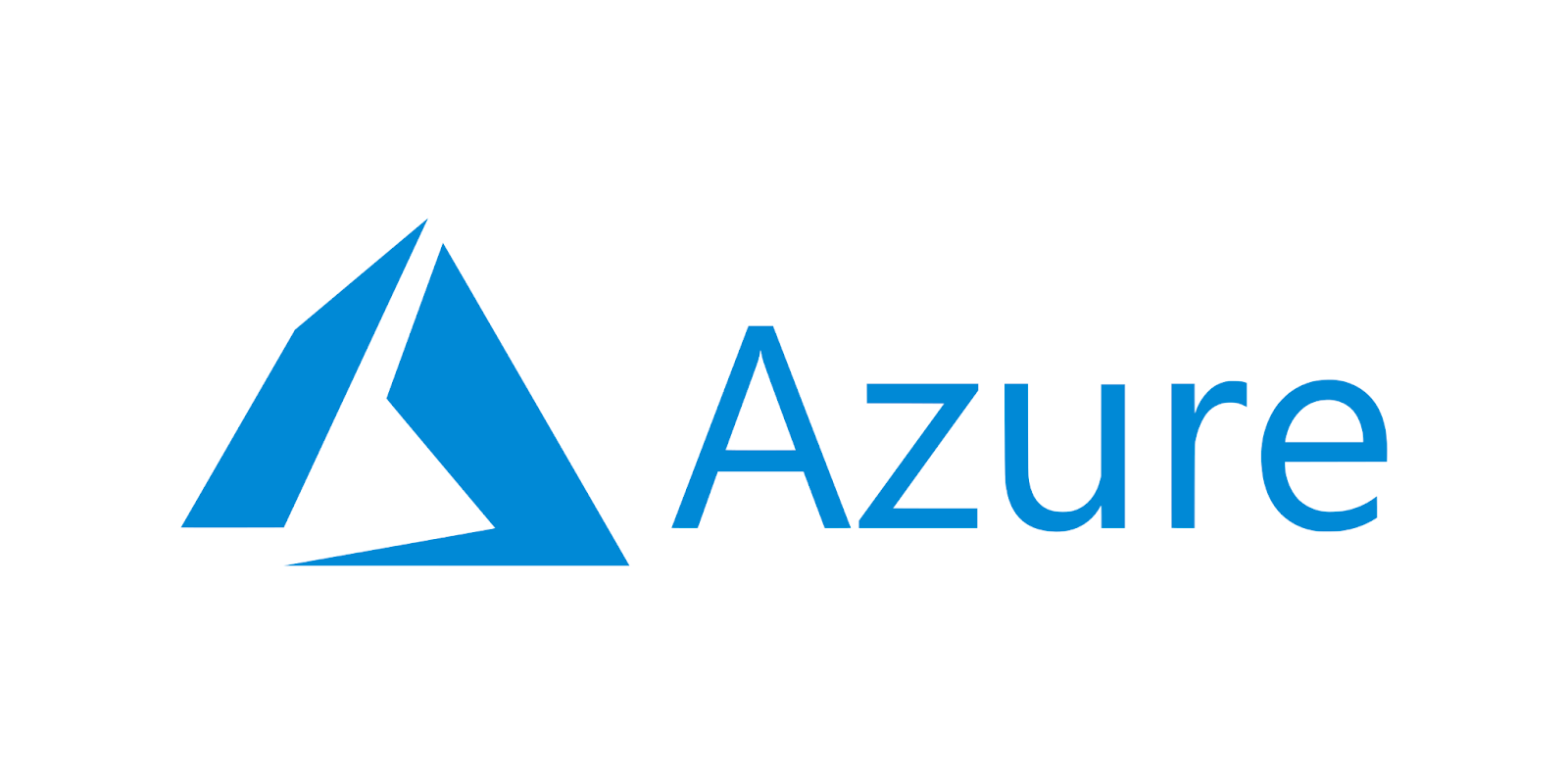What is Tensorflow?
The ascent of Man-made brainpower (computer based intelligence) and Deep learning has pushed the development of TensorFlow, an open-source artificial intelligence library that takes into consideration information stream charts to assemble models. To seek after a vocation in artificial intelligence, knowing the essentials of TensorFlow is pivotal.
Requirements for Tensorflow Instructional exercise
You ought to have great information on some programming language — ideally Python. It is additionally essential to have a comprehension of AI to comprehend the utilization case and models.
Before straightforwardly understanding what TensorFlow is, you ought to be familiar with Deep learning and its libraries.
Turn into a man-made intelligence and ML Master with Purdue and IBM!
Proficient Authentication Program in artificial intelligence and EXPLORE PROGRAM Become a computer based intelligence and ML Master with Purdue and IBM!
What is Deep Learning?
Deep learning is a subset of AI, and it deals with the construction and works in much the same way to the human cerebrum. It gains from information that is unstructured and utilizes complex calculations to prepare a brain net.
We basically utilize brain networks in Deep Learning, which depends on computer based intelligence. Here, we train organizations to perceive text, numbers, pictures, voice, etc. Not at all like conventional AI, the information here is undeniably more confounded, unstructured, and changed, like pictures, sound, or text records. One of the center parts of Deep learning is the brain organization, which normally seems as though the picture displayed beneath:
As seen above, there is an info layer, a result layer, in the middle between, there are a few secret layers. For any brain organization, there would be no less than one secret layer. A Deep brain network is one that has more than one secret layer.
Give us investigate the various layers' access in more detail.
Input Layer
The information layer acknowledges huge volumes of information as a contribution to fabricate the brain organization. The information can be as text, picture, sound, and so on.
Secret Layer
This layer processes information by performing complex calculations and includes extraction. As a feature of the preparation, these layers have loads and predispositions that are constantly refreshed until the preparation cycle is finished. Every neuron has various loads and one inclination. After calculation, the qualities are passed to the result layer.
Yield Layer
The result layer creates anticipated yield by applying reasonable enactment capabilities. The result can be as numeric or absolute qualities.
For instance, on the off chance that it is a picture grouping application, it lets us know which class a specific picture might have a place with. The info can be different pictures, like felines and canines. The result can be as parallel grouping as the number zero for the canine and the main for the feline.
The organization can be stretched out with various neurons on the result side to have a lot more classes. It can likewise be utilized for relapse and time series issues.
There are a couple of requirements required for fostering a Deep learning application. You really want areas of strength for any of Python, but at the same time it's useful to know other programming dialects, like R, Java, or C++.
We have examined the top Deep learning libraries in the following segment of What is the TensorFlow article.
Top Deep Learning Libraries
There are a few libraries that are promptly accessible, essentially for performing AI and profoundly getting the hang of programming. The absolute most normal libraries are as per the following:
Keras
-
Created by Francois Chollet
-
The open-source library is written in Python
Theano
-
Created by the College of Montreal
-
Written in Python
TensorFlow
-
Created by Google Mind Group
-
Written in C++, Python, and CUDA
DL4J
-
Created by the Skymind designing group and DeepLearning4J people group
-
Written in C++ and Java
There are various libraries accessible to the client. Be that as it may, in this instructional exercise, we will zero in on Google's TensorFlow, an open-source library, which is at present a famous decision. Keras, which was likewise once a famous decision, has now been incorporated with TensorFlow.
TensorFlow backings different dialects, however Python is by a long shot the most reasonable and ordinarily utilized.
What is TensorFlow?
TensorFlow is an open-source library created by Google basically for Deep learning applications. It likewise upholds conventional AI. TensorFlow was initially produced for huge mathematical calculations without remembering Deep learning. Notwithstanding, it ended up being exceptionally helpful for Deep learning improvement also, and consequently Google publicly released it.
TensorFlow acknowledges information as multi-faceted varieties of higher aspects called tensors. Multi-faceted exhibits are extremely convenient in dealing with a lot of information.
TensorFlow chips away at the premise of information stream diagrams that have hubs and edges. As the execution system is as charts, executing TensorFlow code in a circulated way across a group of PCs while utilizing GPUs is a lot simpler.
The following piece of the What is TensorFlow instructional exercise centers around for what reason would it be advisable for us to utilize TensorFlow.
Why TensorFlow?
TensorFlow Offers Both C++ and Python Programming interface
Before the advancement of libraries, the coding component for AI and Deep learning was significantly more muddled. This library gives a significant level of Programming interface, and complex coding isn't expected to set up a brain organization, design a neuron, or program a neuron. The library finishes these errands. TensorFlow additionally has joined with Java and R.
TensorFlow Backings The two computer processors and GPUs Registering Gadgets
Deep learning applications are extremely confounded, with the preparation cycle requiring a great deal of calculation. It requires a long investment in light of the enormous information size, and it includes a few iterative cycles, numerical estimations, grid duplications, etc. In the event that you play out these exercises on an ordinary Focal Handling Unit (computer processor), normally it would take significantly longer.
Graphical Handling Units (GPUs) are well known with regards to games, where you really want the screen and picture to be of high goal. GPUs were initially intended for this reason. Be that as it may, they are being utilized for growing Deep learning applications too.
One of the significant benefits of TensorFlow is that it upholds GPUs, as well as computer chips. It likewise has a quicker gathering time than other Deep learning libraries, similar to Keras and Light.
How TensorFlow Functions
TensorFlow permits you to make data flow diagrams that portray how information travels through a chart. The diagram comprises hubs that address a numerical activity. An association or edge between hubs is a multi-layered information exhibit. It accepts inputs as a multi-layered cluster where you can develop a flowchart of tasks that can be performed on these data sources.
TensorFlow Engineering
Tensorflow engineering works in three critical stages:
Information pre-handling - structure the information and brings it under one restricting worth
Building the model - assemble the model for the information
Preparing and assessing the model - utilize the information to prepare the model and test it with obscure information
Where Can Tensorflow Run?
TensorFlow prerequisites can be ordered into the advancement stage (preparing the model) and run stage (running the model on various stages). The model can be prepared and utilized on GPUs as well as computer processors. When the model has been prepared, you can run it on:
-
Work area (Linux, Windows, macOS)
-
Cell phones (iOS and Android)
-
Cloud as a web administration
Conclusion:
TensorFlow has made the execution of AI and Deep learning models far more straightforward. While programming in TensorFlow is just a little piece of the muddled universe of Deep learning, you ought to consider improving your insight by signing up for our man-made intelligence and AI courses. This course will take you on an excursion through Deep learning ideas, executing Deep learning calculations, building brain organizations, and significantly more.



